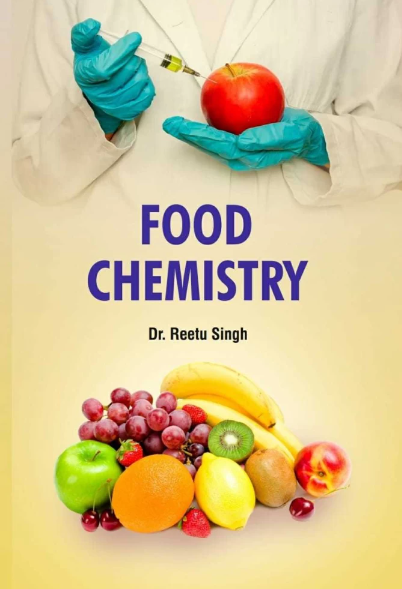Estimation of irradiation doses in chicken samples using a reaction-based fingerprinting method
IF 8.5
1区 农林科学
Q1 CHEMISTRY, APPLIED
引用次数: 0
Abstract
Food irradiation on an industrial scale calls for the development of rapid and inexpensive methods for the dose estimation after irradiation. An emerging solution to this problem is a reaction-based optical sensing strategy that is based on monitoring dose-dependent indicator reactions. In this study, raw chicken breast samples from three producers were irradiated with 1 MeV accelerated electrons, extracted with water for 24 h, and introduced into reactions of carbocyanine dyes with H2O2 or hypochlorite. The absorbance and fluorescence of the reaction mixtures in different spectral ranges were measured photographically as a function of time. Supervised machine learning methods allowed to confidently discriminate between the samples irradiated with 250, 1000, and 5000 Gy and non-irradiated samples provided that the samples irradiated with known doses were from the same producers as the unknown ones. Dose estimation for samples from an unknown producer could be implemented by constructing a database using samples from a larger number of producers.

工业规模的食品辐照需要开发快速、廉价的辐照后剂量估算方法。解决这一问题的新方法是基于反应的光学传感策略,该策略以监测剂量依赖性指示剂反应为基础。在这项研究中,来自三家生产商的生鸡胸肉样品经 1 MeV 加速电子辐照后,用水提取 24 小时,然后引入羰花青染料与 H2O2 或次氯酸盐的反应。反应混合物在不同光谱范围内的吸光度和荧光随时间的变化而变化。如果已知剂量辐照的样品与未知样品来自同一生产商,那么有监督的机器学习方法可以准确地区分经过 250、1000 和 5000 Gy 辐照的样品和未经过辐照的样品。对来自未知生产者的样品进行剂量估算,可通过使用来自更多生产者的样品构建数据库来实现。
本文章由计算机程序翻译,如有差异,请以英文原文为准。
求助全文
约1分钟内获得全文
求助全文
来源期刊

Food Chemistry
工程技术-食品科技
CiteScore
16.30
自引率
10.20%
发文量
3130
审稿时长
122 days
期刊介绍:
Food Chemistry publishes original research papers dealing with the advancement of the chemistry and biochemistry of foods or the analytical methods/ approach used. All papers should focus on the novelty of the research carried out.
 求助内容:
求助内容: 应助结果提醒方式:
应助结果提醒方式:


